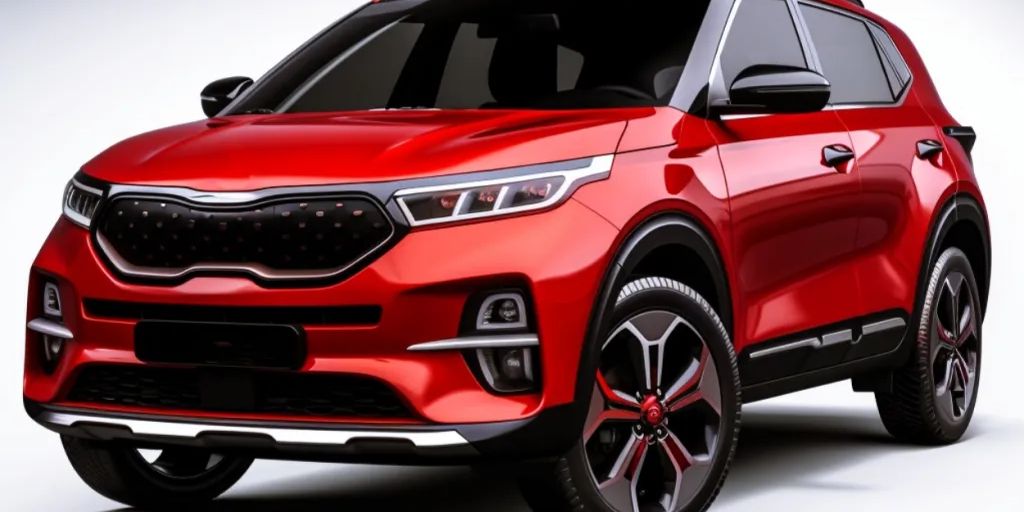When it comes to SUVs, safety is often the top priority for buyers, especially families and commuters who rely on their vehicle’s structural integrity and advanced protection systems.
As SUVs have surged in popularity, automakers have responded by making safety features standard or available across nearly every segment.
But not all SUVs are created equal. While some models earn top marks from respected safety authorities like the National Highway Traffic Safety Administration (NHTSA) and the Insurance Institute for Highway Safety (IIHS), others lag behind—sometimes with surprising gaps in protection or outdated designs that don’t hold up in today’s rigorous crash tests.
In this article, we explore two critical sides of the safety coin. First, we spotlight 5 SUVs With Rock-Solid Safety Ratings—models that consistently impress in crash tests and boast robust safety technology.
Then, we look at the other end of the spectrum with 5 SUVs With Questionable Crash Results—vehicles that might have appealing features but fall short when safety is put to the test.
Whether you’re in the market for a new SUV or just curious about which models stand out (for good or bad reasons), this guide will give you a clear picture of where popular SUVs rank in terms of safety. Let’s dive in.
Also Read: 5 Cars With Great Torque Delivery and 5 That Feel Sluggish
5 SUVs With Rock-Solid Safety Ratings
SUVs have become the go-to choice for many drivers seeking a balance of space, performance, and all-weather capability. But beyond the flashy designs and plush interiors, one of the most crucial factors to consider is safety.
In today’s market, a truly standout SUV must excel in crash tests and offer advanced safety features that actively prevent accidents. That’s why it’s essential to recognize the models that not only promise safety but prove it with rock-solid crash test scores and real-world reliability.
The SUVs highlighted in this section have all earned top-tier ratings from respected safety organizations like the IIHS and NHTSA. These aren’t just marginally better—they consistently achieve “Top Safety Pick+” designations and five-star overall ratings.
Each of these vehicles integrates structural strength with advanced driver assistance systems (ADAS) like automatic emergency braking, lane-keeping assist, and blind-spot monitoring, which work together to offer comprehensive protection.
We’ve selected these five models based on a combination of crashworthiness, safety tech, and consistency across multiple model years.
Our aim is to spotlight SUVs that provide peace of mind not just in theory but in practice—vehicles that have proven their ability to protect occupants in some of the worst-case scenarios.
Whether you’re a parent hauling kids or a solo commuter navigating busy highways, these SUVs represent the gold standard for safety in their class.
Up next, we’ll dive into the details of each standout SUV, explaining why it earns its spot on this list and what sets it apart from the competition when it comes to keeping you and your passengers safe.
1. 2025 Volvo XC90
When it comes to SUV safety, few names carry as much weight as Volvo, and the XC90 stands as a testament to that reputation. This midsize luxury SUV has consistently ranked at the top of safety charts, and the 2025 model is no exception.
Earning a coveted IIHS Top Safety Pick+ rating and a full 5-star overall rating from the NHTSA, the XC90 is built with safety at its core, from its reinforced steel frame to its cutting-edge driver assistance technologies.
What makes the XC90 stand out isn’t just its stellar crash test results but the way it integrates active and passive safety features seamlessly.
Standard on all trims is the City Safety system, which combines automatic emergency braking with pedestrian, cyclist, and large animal detection—a standout in real-world scenarios.
The SUV also features Run-off Road Protection, a Volvo innovation that tightens seatbelts and protects spinal alignment if the vehicle veers off-road.
Volvo’s Pilot Assist semi-autonomous driving tech, standard on upper trims, adds another layer of defense, keeping the vehicle centered in its lane and maintaining a safe following distance.
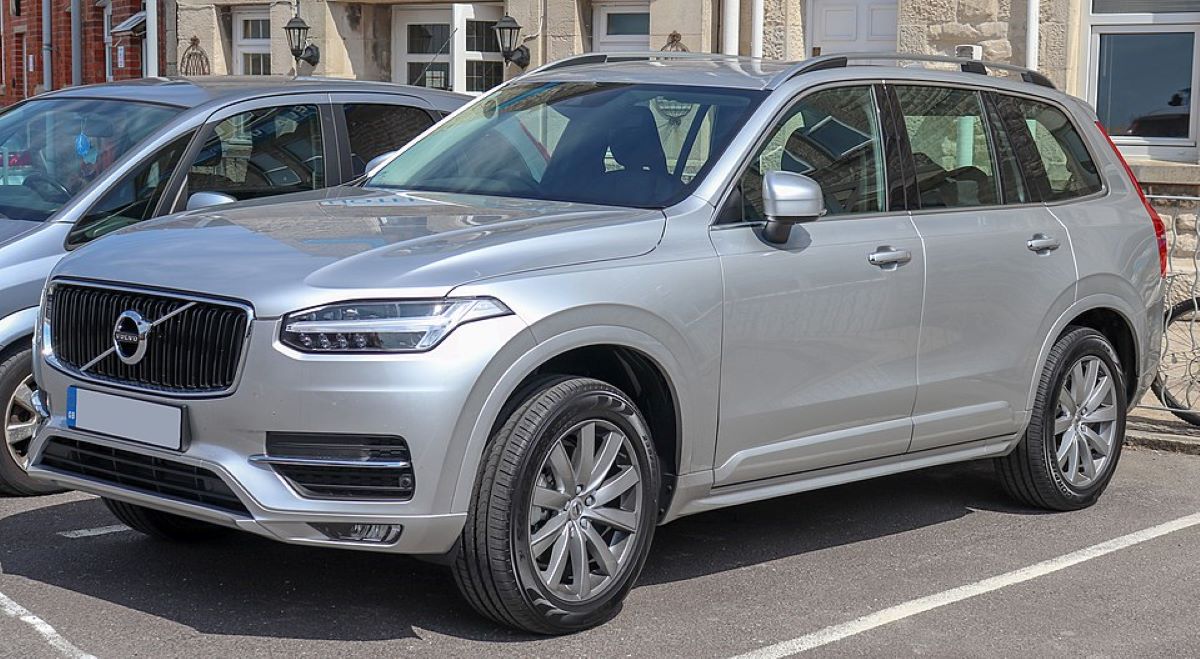
Crash mitigation extends to side-impact protection and a rigid passenger safety cell designed to absorb and disperse crash forces.
We’re highlighting the XC90 because it embodies what a top-tier safety-focused SUV should be: not just strong in a lab setting, but built to anticipate and respond to real-world dangers.
In a segment crowded with good choices, the XC90 remains the benchmark for those who refuse to compromise on safety.
2. 2025 Subaru Ascent
Subaru has long been a trusted name for safety, and the 2025 Ascent, the brand’s largest SUV, continues that tradition impressively.
This three-row midsize SUV has earned a Top Safety Pick+ rating from the IIHS and a 5-star overall rating from the NHTSA, making it one of the safest choices in its class.
What’s particularly notable is Subaru’s unwavering commitment to safety as a standard, not just an option.
Every Ascent comes equipped with the automaker’s renowned EyeSight Driver Assist Technology, which includes adaptive cruise control, pre-collision braking, lane departure and sway warning, and lane-keeping assist.
Subaru’s system has been praised for its reliability and accuracy, helping prevent collisions before they happen.
The Ascent also features a rear-seat reminder system, which helps prevent accidental child or pet entrapment—a thoughtful addition that speaks to Subaru’s family-first design philosophy.
Crash test performance is where the Ascent really shines. It scored top marks in all IIHS crashworthiness tests, including the small overlap front crash—a challenging evaluation where many vehicles struggle.
Subaru’s symmetrical all-wheel drive and low center of gravity also enhance stability, reducing rollover risks, which is critical for SUVs.
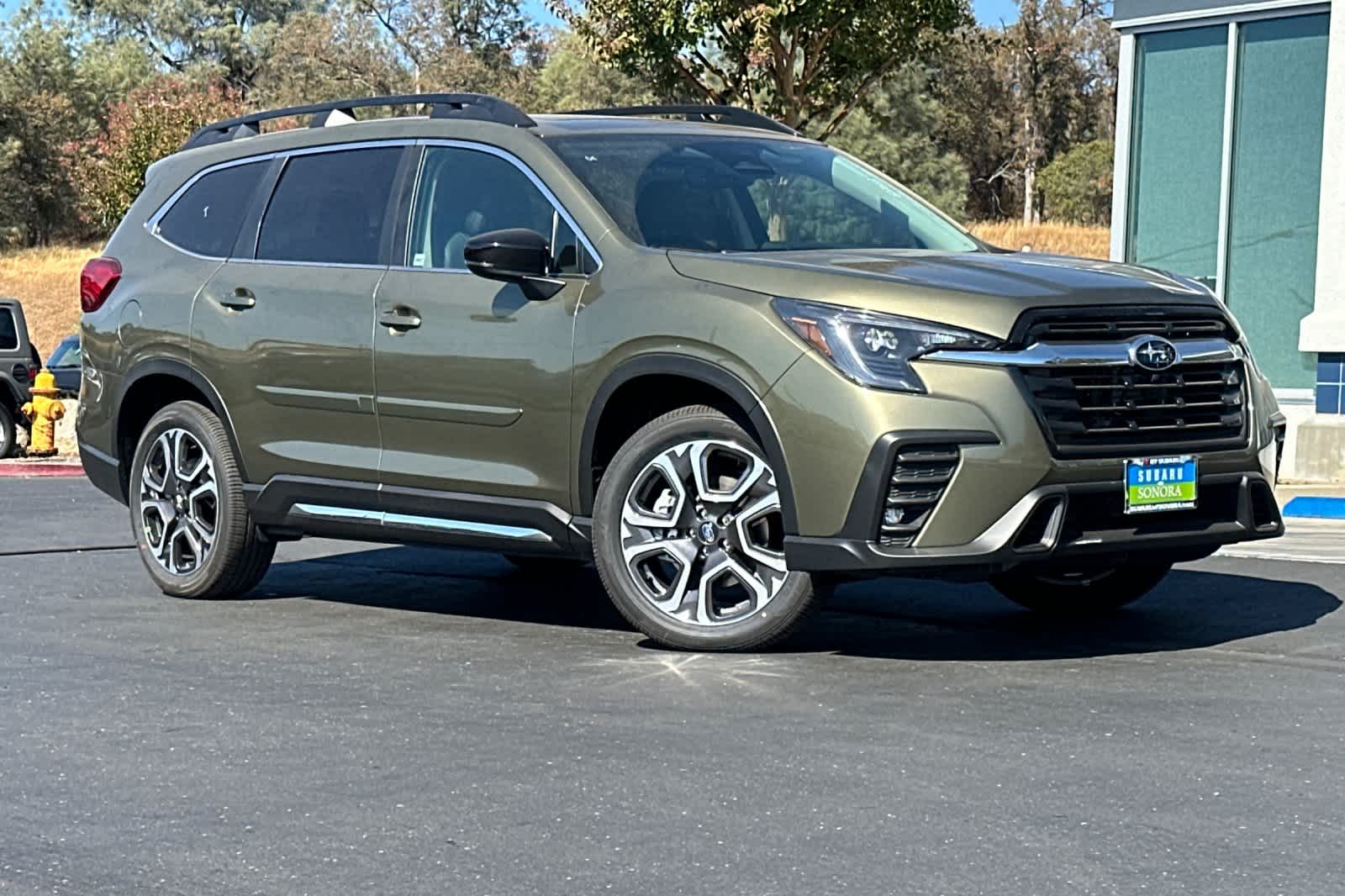
We’re spotlighting the Ascent because it proves that safety doesn’t have to come at a luxury price point.
Subaru’s dedication to offering robust safety as standard across the lineup makes the Ascent a standout for families and safety-conscious buyers alike. It’s a reminder that you don’t have to spend top dollar to get top-tier protection.
3. 2025 Hyundai Palisade
The Hyundai Palisade has quickly risen to prominence in the midsize SUV segment, thanks in part to its refined design and excellent value. But where it really impresses is in safety.
The 2025 Palisade earns a Top Safety Pick+ from the IIHS and a 5-star overall rating from the NHTSA, confirming its status as one of the most secure SUVs on the market today.
Hyundai’s SmartSense suite of safety technologies comes standard across all trims, which includes forward collision-avoidance assist with pedestrian detection, blind-spot collision-avoidance assist, lane-keeping assist, and safe exit assist—a particularly family-friendly feature that prevents passengers from opening doors when a car is approaching from behind.
Upper trims add features like highway driving assist and a surround-view monitor, boosting situational awareness.
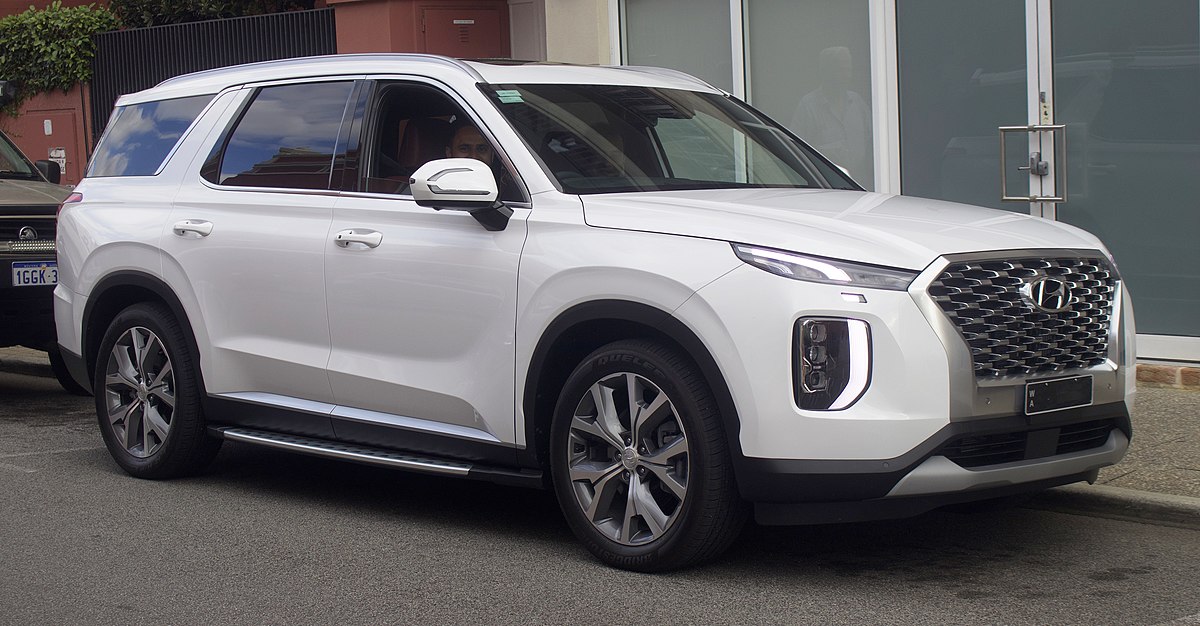
Structurally, the Palisade is built with high-strength steel and features energy-absorbing crumple zones that do an excellent job protecting occupants in severe impacts.
In crash tests, it excelled particularly in the side-impact and moderate overlap front tests, showing strong occupant protection.
We’re featuring the Palisade because it demonstrates that Hyundai has evolved from a value-focused brand into a true leader in safety and engineering.
Its combination of excellent crash-test performance, thoughtful active safety features, and robust build quality makes it one of the best-rounded choices for drivers who want peace of mind in every mile.
4. 2025 Toyota RAV4 Prime
The Toyota RAV4 Prime, the plug-in hybrid variant of Toyota’s bestselling SUV, not only offers impressive fuel economy and performance but also delivers top-tier safety.
The 2025 model has secured a Top Safety Pick+ rating from the IIHS and a 5-star overall rating from the NHTSA, underscoring its reputation as a leader in its class.
Toyota’s Safety Sense 3.0 suite is standard on all trims, bringing features like pre-collision system with pedestrian and cyclist detection, lane tracing assist, road sign assist, and adaptive cruise control.
Unique to the Prime is its low center of gravity—thanks to the battery placement—which enhances stability and reduces rollover risk, a critical safety advantage for an SUV.
The RAV4 Prime excels in crash tests, particularly in the driver-side small overlap front and side-impact tests, where it maintains strong occupant protection.
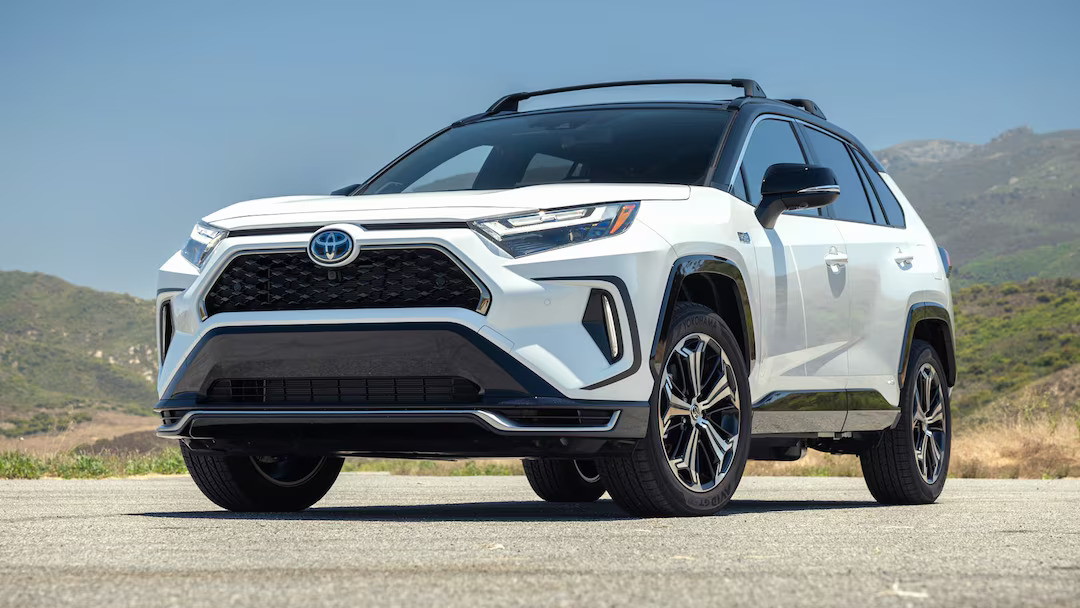
Toyota also equips it with eight airbags, including knee airbags for the driver and front passenger, providing extra layers of defense.
We’re spotlighting the RAV4 Prime because it blends cutting-edge hybrid technology with unwavering safety performance.
It proves that you don’t have to choose between eco-friendliness and top-level crash protection, making it an ideal pick for buyers who want efficiency without sacrificing safety.
5. 2025 Mazda CX-50
Mazda has carved out a niche for building vehicles that blend sporty handling with premium features, and the 2025 CX-50 brings that same formula to the compact SUV segment—with a strong emphasis on safety.
The CX-50 has earned a Top Safety Pick+ designation from the IIHS and a 5-star overall rating from the NHTSA, making it one of the safest compact SUVs available.
Standard on all trims is Mazda’s i-Activsense safety suite, which includes advanced features like adaptive cruise control with stop-and-go, smart brake support with pedestrian detection, blind-spot monitoring, and rear cross-traffic alert.
The CX-50 also offers driver attention alert and traffic sign recognition, which bolster its safety credentials, especially for long highway drives.
In crash tests, the CX-50 has excelled in the roof strength and side-impact categories, showcasing its solid build quality and occupant protection even in more severe accident scenarios.
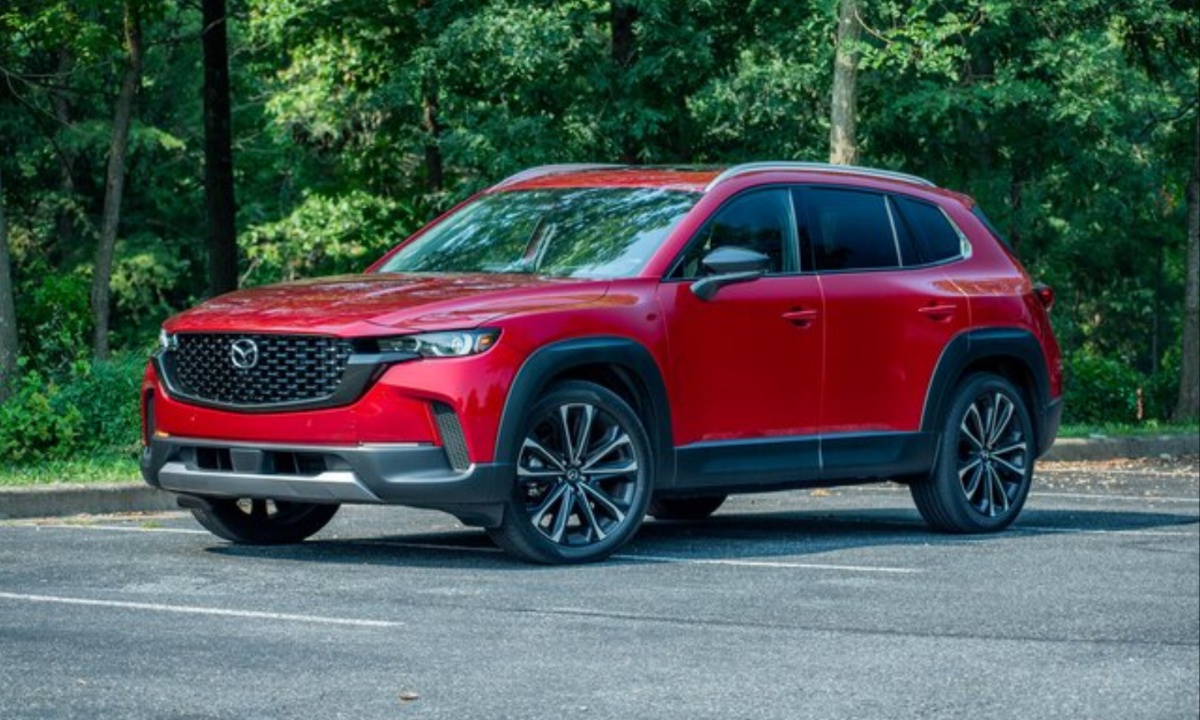
Additionally, Mazda’s commitment to driver engagement means the CX-50 offers precise steering and road handling, which can help drivers avoid collisions altogether.
We’re including the CX-50 because it proves that safety doesn’t have to come at the expense of driving enjoyment.
For those who want a vehicle that feels as good to drive as it is to rely on in an emergency, the CX-50 stands out as an exceptional choice.
5 SUVs With Questionable Crash Results
While the SUV market has seen impressive strides in safety over the past decade, not every model hits the mark. It’s easy to assume that a modern SUV—especially one with a rugged look and high price tag—is automatically safe, but crash test results tell a different story.
Some SUVs, despite offering solid performance, attractive styling, or appealing features, fall short when it comes to protecting occupants in a crash.
This section focuses on 5 SUVs With Questionable Crash Results—models that have underperformed in evaluations by trusted organizations like the IIHS and NHTSA.
These vehicles may not be outright unsafe, but they reveal weaknesses in critical areas such as side-impact protection, small overlap front crashes, or rollover resistance.
In some cases, issues stem from older platforms that haven’t kept up with evolving safety standards; in others, it’s a matter of certain trims lacking key protective features.
We’re highlighting these SUVs not to dissuade buyers entirely, but to provide transparency. Safety is often a primary reason people choose SUVs over smaller vehicles, and buyers deserve to know where certain models may be compromised.
Whether it’s a family hauler or a daily commuter, any gap in crashworthiness is worth considering—especially when there are better-performing alternatives in the same segment.
Up next, we’ll detail each of these SUVs, explaining the specific shortcomings that landed them on this list. Our aim is to give you a clear-eyed perspective on which models may require extra scrutiny before purchase.
1. 2025 Jeep Wrangler 4-Door
The Jeep Wrangler is legendary for its off-road capability and rugged appeal, but when it comes to crash safety, the picture isn’t nearly as impressive.
The 2025 Wrangler 4-Door continues to struggle in certain key crash tests, earning a Marginal rating in the IIHS’s small overlap front crash test and a three-star rating from the NHTSA for frontal crash protection—results that put it behind many of its peers.
The issue stems largely from the Wrangler’s body-on-frame construction and removable doors and roof, which, while great for off-roading, compromise structural integrity in crashes.
In IIHS tests, the Wrangler has shown a tendency to tip over upon impact in small overlap crashes—a serious red flag.
While Jeep has made efforts to improve safety tech—adding features like blind-spot monitoring, forward collision warning, and adaptive cruise control—the vehicle’s fundamental design limits how much crashworthiness can be improved.
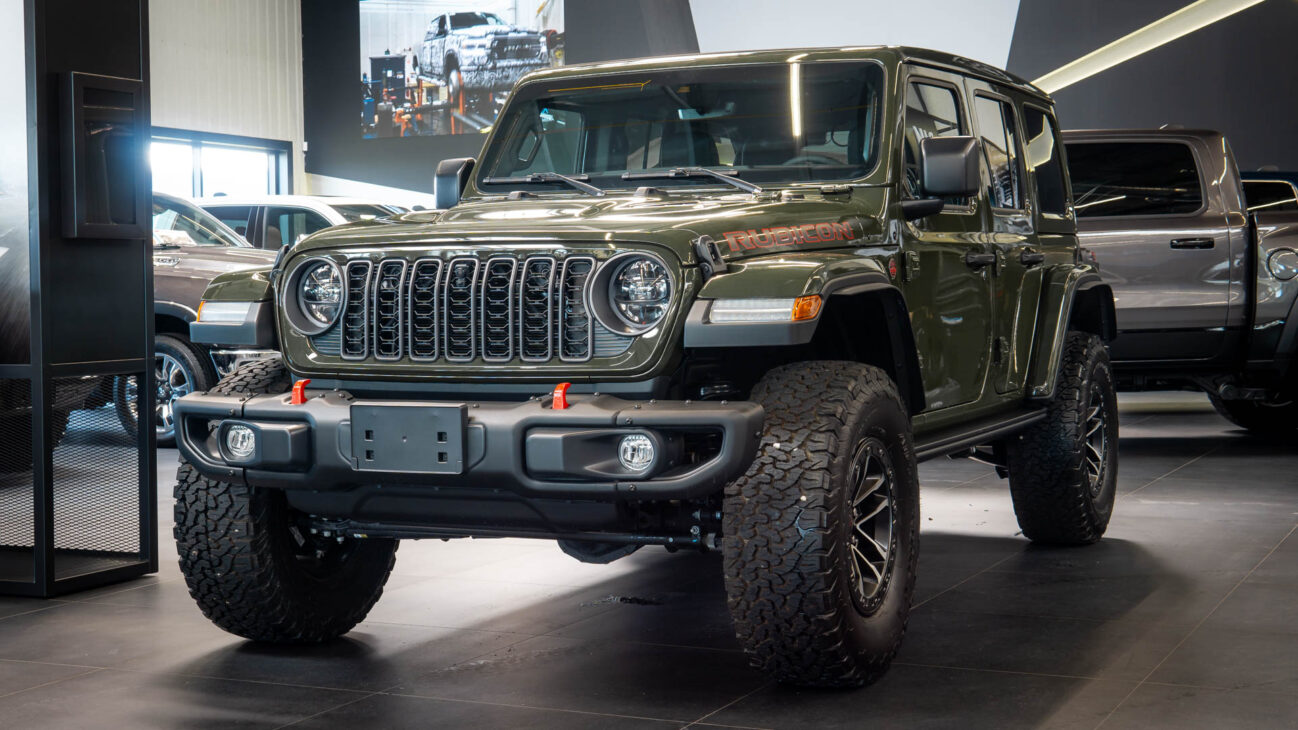
We’re including the Wrangler on this list because it highlights a critical trade-off: unparalleled off-road prowess versus subpar crash safety.
It’s a vehicle built for adventure, but those prioritizing safety for everyday driving—especially on highways or in urban environments—should be aware of these crash test shortcomings. For buyers who want maximum protection, the Wrangler’s iconic status might not outweigh its crash safety limitations.
2. 2025 Mitsubishi Outlander Sport
The Mitsubishi Outlander Sport has long aimed to be a budget-friendly compact SUV, but its crash test performance tells a cautionary tale.
The 2025 model continues to post below-average safety results, earning only a Marginal rating in the IIHS’s driver-side small overlap front test and a four-star overall rating from the NHTSA—both indicators that it lags behind class leaders.
One of the key issues is the Outlander Sport’s aging platform, which hasn’t seen a major structural overhaul in over a decade.
While Mitsubishi has added features like forward collision mitigation and lane departure warning in recent years, the SUV’s basic structure struggles to absorb and deflect crash forces effectively.
In particular, the small overlap front test exposes weaknesses around the driver’s door area, raising concerns about potential injuries in real-world crashes.
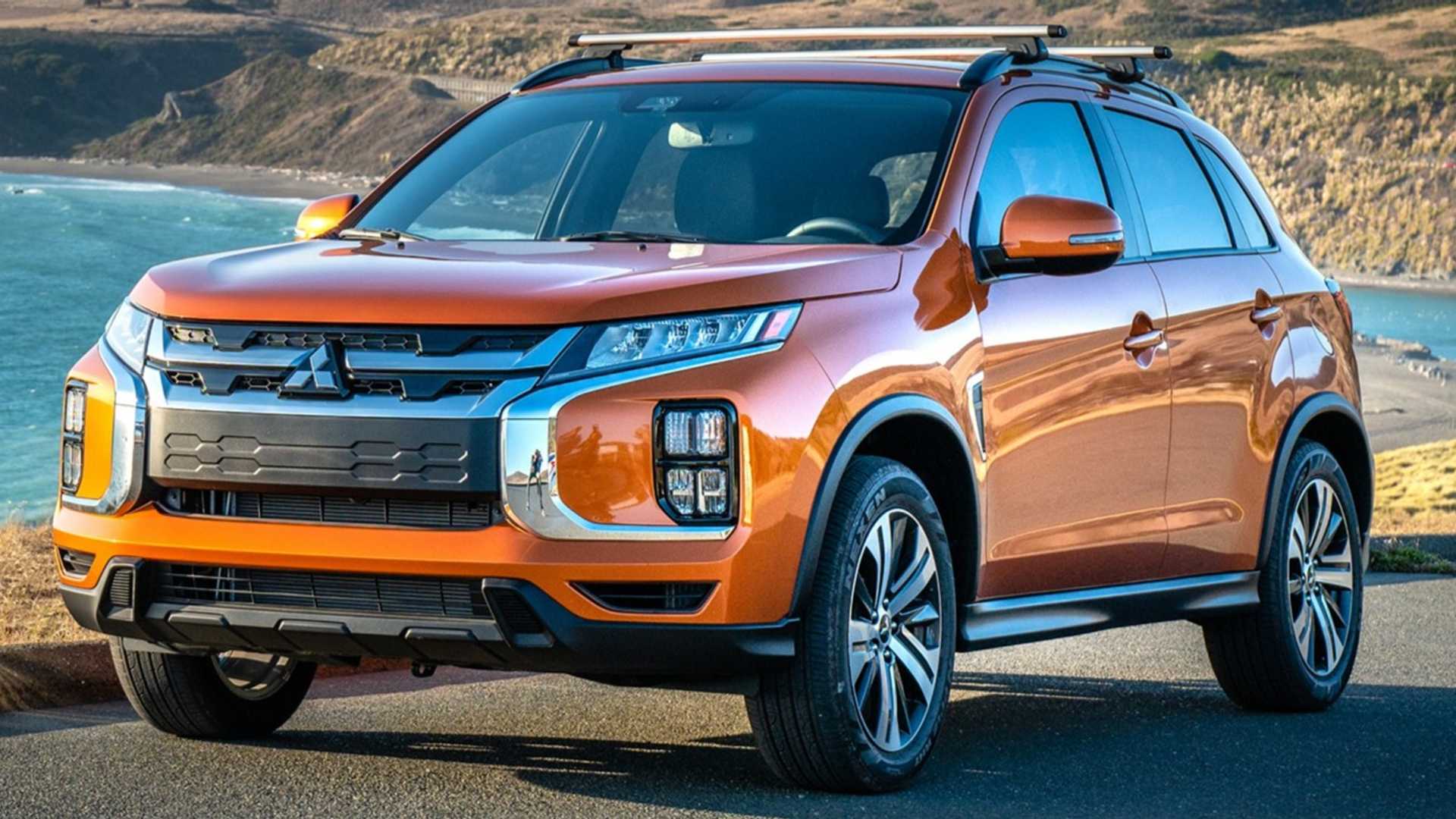
We’re spotlighting the Outlander Sport because it illustrates a common pitfall: older models that continue to be sold without significant safety upgrades.
While its low price point may attract budget-conscious shoppers, it’s worth noting that many competitors in the same price range now offer far superior crash protection. Buyers should weigh the short-term savings against the long-term peace of mind that comes with driving a more robustly built SUV.
3. 2025 Nissan Rogue
The Nissan Rogue has long been a popular choice in the compact SUV segment due to its comfort, practicality, and value.
However, when it comes to crash safety, the 2025 model doesn’t perform as strongly as its competitors, earning a Marginal rating in the IIHS small overlap front crash test and a four-star overall rating from the NHTSA.
While the Rogue performs adequately in most other crashworthiness tests, its small overlap test results raise concerns about its protection in more severe side-impact scenarios.
The vehicle’s structure was found to have insufficient strength in the driver-side crash test, which is a critical safety flaw for any family-oriented vehicle.
Additionally, the Rogue’s side-impact performance, although not catastrophic, was lower than that of many rivals, making it less reassuring for those looking for an SUV with top-notch crash protection.
Despite its ProPilot Assist suite of active safety technologies, including lane-keeping assist and forward collision warning, the Rogue’s base model falls short in terms of crash safety compared to similarly priced alternatives.

While the vehicle is certainly equipped with plenty of modern tech to avoid accidents in the first place, its crash test results suggest that in the event of an unavoidable collision, passengers may not be as well protected as they could be.
We’re featuring the Nissan Rogue here because it highlights a crucial trade-off: while the Rogue offers good safety features to prevent accidents, its performance in actual crash tests shows that it still has work to do in providing optimal protection when things go wrong.
4. 2025 Ford Bronco Sport
The Ford Bronco Sport offers an adventurous spirit with its rugged, off-road-ready design, but when it comes to crash safety, it struggles in a few important areas.
Despite receiving a Top Safety Pick rating from the IIHS, it earned only a four-star overall rating from the NHTSA, indicating that its crash protection is a bit behind the competition.
One of the main issues with the Bronco Sport is its performance in side-impact crashes. In the IIHS side-impact crash test, the vehicle scored Acceptable, meaning that while it does provide decent protection, it doesn’t quite match the top-performing vehicles in this category.
The side-impact results are particularly concerning because of the high risk of injury in real-world side collisions.
Furthermore, the Bronco Sport’s small overlap front crash results were also less than stellar, with the driver-side crash showing more intrusion than desirable, especially in the footwell and door areas.
Ford has equipped the Bronco Sport with a wide array of standard safety features, including automatic emergency braking, lane-keeping assist, and blind-spot monitoring, which are all helpful in avoiding collisions in the first place.
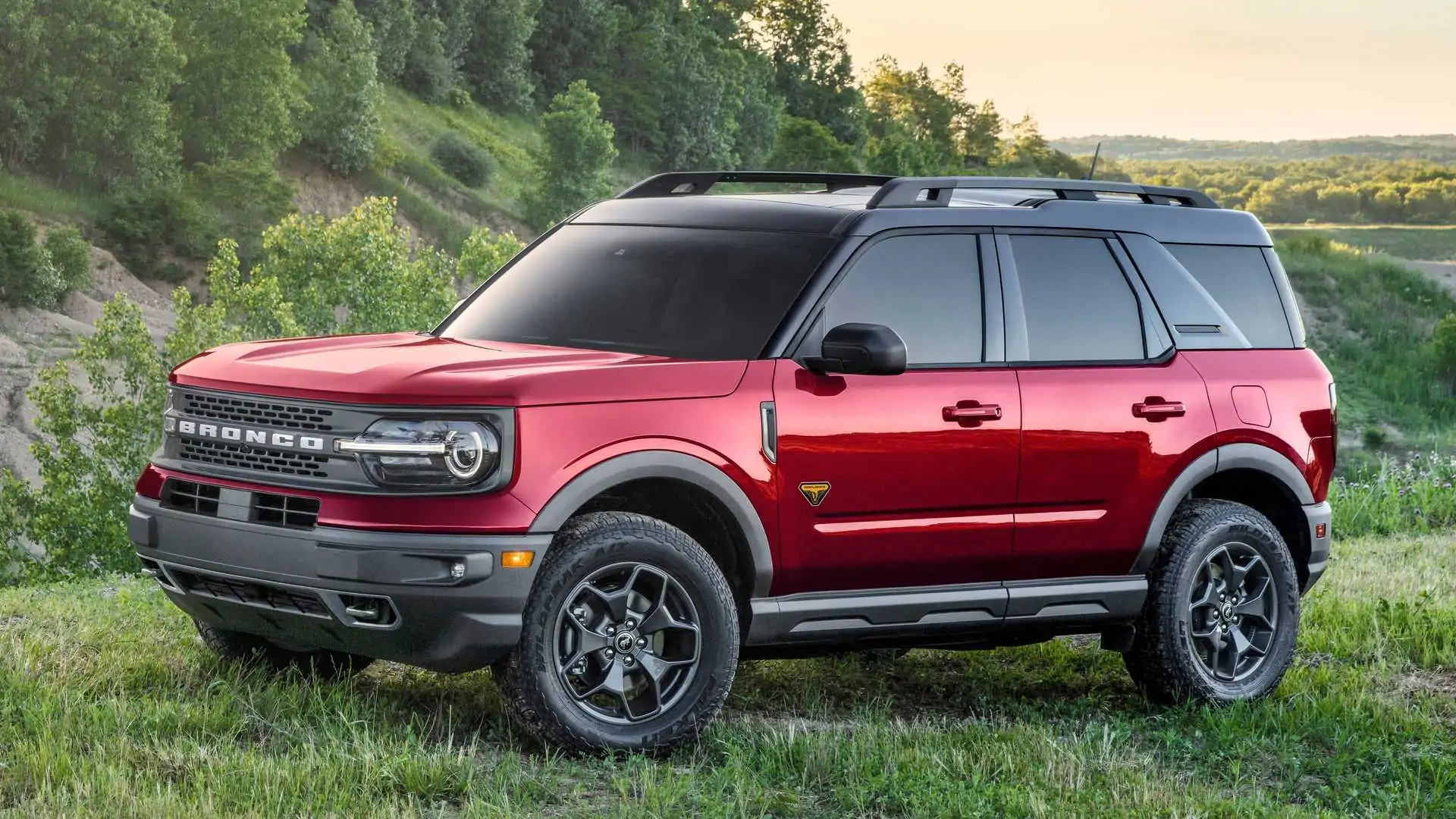
However, its crash test performance suggests that while the Bronco Sport is a solid vehicle for off-road enthusiasts, it may not be the best choice for those prioritizing top-tier crash safety in everyday driving.
We’re featuring the Bronco Sport because it underscores the gap between a vehicle’s off-road capabilities and its crashworthiness. While it’s a great choice for those seeking adventure, buyers looking for optimal protection in the event of a crash should carefully consider its performance in these critical tests.
5. 2025 Kia Seltos
The 2025 Kia Seltos has earned praise for its stylish design, spacious interior, and solid technology offerings, but when it comes to crash safety, it’s a mixed bag.
The Seltos has earned a four-star overall rating from the NHTSA but only a Basic rating in the IIHS small overlap front crash test—one of the most critical assessments for occupant protection in real-world crashes.
In the small overlap front crash test, which simulates a collision with an object like a tree or a telephone pole, the Seltos showed significant intrusion into the cabin, particularly on the driver’s side.
The test results indicate that in a real-world scenario, there could be an increased risk of injury to the driver in these types of crashes.
While the Seltos does perform well in many other crash tests, including side-impact tests, the small overlap test is an area where it falls short compared to other compact SUVs.
The Seltos does come equipped with a decent range of safety technologies, such as forward collision warning, automatic emergency braking, and lane-keeping assist.
These features help prevent accidents before they happen, but when it comes to the vehicle’s ability to protect occupants in the event of a collision, the Seltos doesn’t score as highly as some of its competitors.
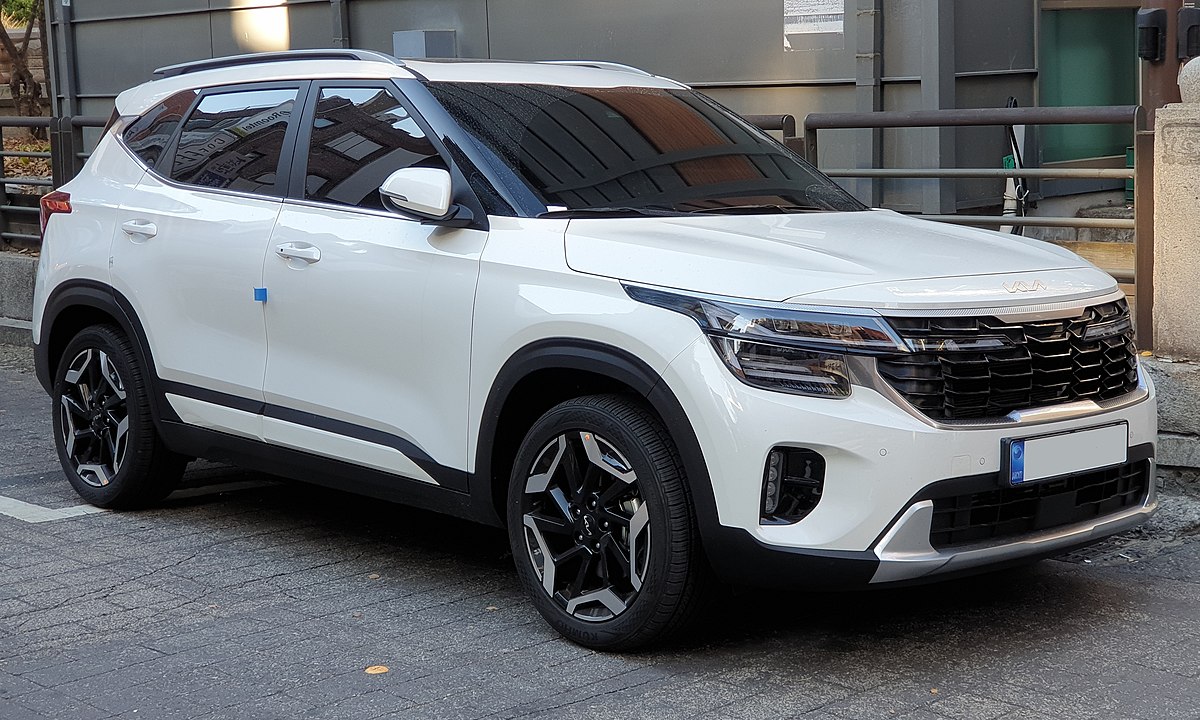
We’re including the Seltos here because it highlights a crucial point: while the vehicle comes with a strong set of active safety features, its crash test performance in certain key areas—particularly small overlap front crashes—raises concerns about its overall crashworthiness.
For buyers prioritizing maximum safety in all crash scenarios, this SUV may not be the first choice.
Safety is often the top priority for many SUV buyers, and as the market becomes more competitive, the gap in crash performance between top-performing models and those with weaker results is becoming more apparent.
In our exploration of SUVs with rock-solid safety ratings and those with questionable crash results, it’s clear that while some vehicles are at the pinnacle of crash protection, others still have room to improve in order to meet evolving safety standards.
The SUVs featured in the first section, such as the Volvo XC90 and Subaru Ascent, stand out for their exemplary crash-test results and impressive suite of active and passive safety features.
These vehicles go beyond just passing the tests—they excel across the board, offering strong protection in both lab settings and real-world scenarios. They represent the gold standard for buyers who prioritize safety without compromise.
From Volvo’s refined safety engineering to Subaru’s commitment to standardizing safety features, these models deliver peace of mind to families, commuters, and anyone concerned about protecting their loved ones on the road.
On the other hand, the SUVs discussed in the second section—like the Jeep Wrangler 4-Door and Mitsubishi Outlander Sport—illustrate the risks of overlooking safety performance in favor of design or other attributes.
While these vehicles may shine in off-road capability or affordability, their crash test results highlight critical vulnerabilities that could leave occupants more exposed in the event of a collision.
For buyers considering these models, the message is clear: while they may be suitable for certain use cases, they should be approached with caution when safety is a top priority.
Ultimately, choosing the right SUV involves more than just considering style, price, or features—it’s crucial to account for crashworthiness and safety test results.
Whether you’re looking for a top-tier performer like the XC90 or willing to compromise with a model like the Wrangler, understanding the safety performance of your vehicle can make all the difference when it matters most.
Also Read: 5 Cars With Useful Driver Aids and 5 That Are Pure Gimmicks

